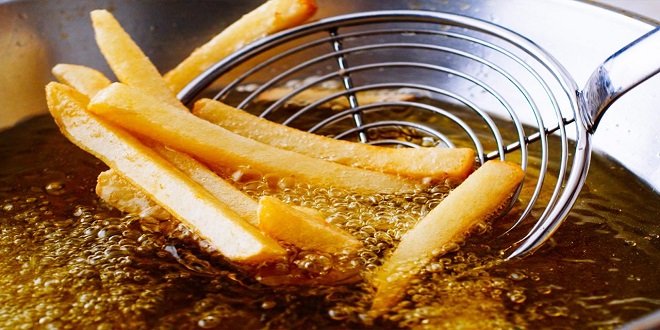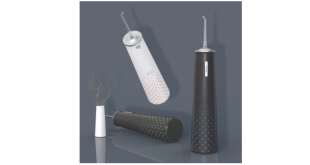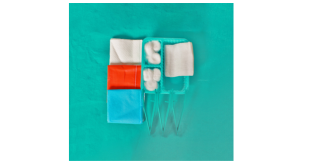If you’re looking to up your cooking game this summer, deep frying is the way to go. While it may seem intimidating at first, with a little practice you’ll be able to create some amazing dishes. Here are eight key tips to help you get started.
1: Choose the right oil.
The type of oil you use is important when deep-frying. You’ll want an oil with a high smoke point, such as peanut oil, canola oil, or grapeseed oil. However, you should avoid using olive oil, as it has a low smoke point and will quickly become rancid, and you should never use butter or margarine when deep-frying, as they will quickly burn.
2: Use the right temperature.
The temperature of your oil is also important. You’ll want to heat it to between 350 and 375 degrees Fahrenheit. If it’s too hot, your food will burn; if it’s too cool, your food will be greasy. The key here is to experiment to find the right temperature for whatever you’re cooking.
3: Use a thermometer.
A thermometer is essential for ensuring that your oil is at the right temperature. You can buy an inexpensive deep-fry thermometer at most stores, or you can use a digital thermometer with a probe if you have one. Alternatively, it’s wise to buy fryers that have these features built-in as standard.
4: Don’t overcrowd the pan.
If you try to cook too much food at once, the temperature of your oil will drop and your food will be greasy. Instead, cook in batches so that the food cooks evenly. Even though it can be tempting to cook a lot of food at once, it’s not worth the risk of ruining it and having to start over from scratch.
5: Don’t overhandle the food.
Once you’ve added your food to the hot oil, don’t fiddle with it. If you keep flipping it or stirring it, it will become greasy. Let it cook undisturbed until it’s done, then remove it from the pan using a slotted spoon.
6: Don’t forget the salt.
Salt is a key ingredient in deep-fried food, and it should be added to the food before you cook it. This will help to season it and give it a crispy crust, as well as add flavor.
7: Use a cooling rack.
Once your food is cooked, you’ll want to transfer it to a cooling rack so that the excess oil can drip off. If you don’t have a cooling rack, you can place the food on a paper towel-lined plate instead.
8: Serve immediately.
Deep-fried food is best when it’s eaten fresh out of the pan. If you wait too long to serve it, the crust will become soggy and it won’t taste as good. So go ahead and dig in!
Now that you know the basics of deep-frying, it’s time to start cooking. Experiment with different recipes and find what works best for you. With a little practice, you’ll be able to create some amazing dishes that will wow your friends and family. Enjoy!
 NEWSHUNTS
NEWSHUNTS




